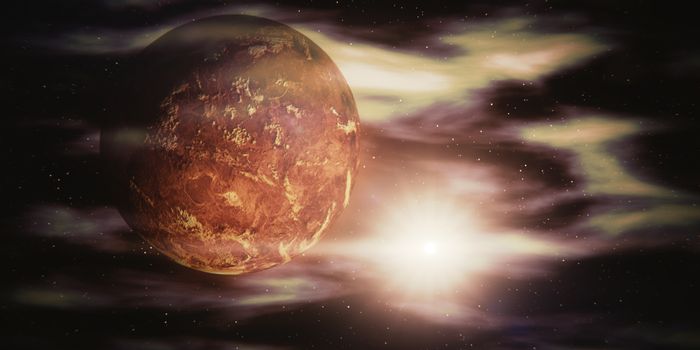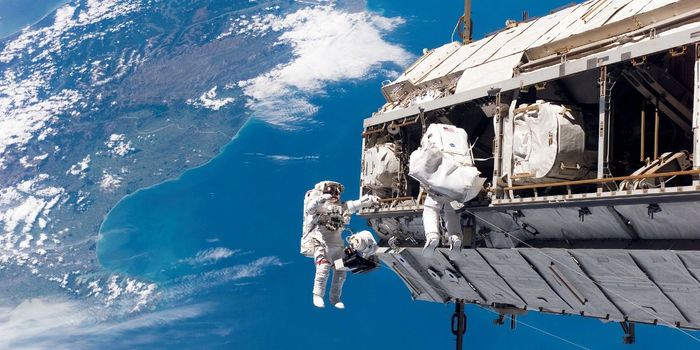Did you know what oil sands production emits 3 to 4 times the amount of greenhouse gases than producing conventional crude oil? And what's more, carbon emissions from producing these oil sands have tripled in the last decade, and are on track to double again. And in the Western world, Canada is the biggest culprit of this oil, or tar, sand production.
Tar sand is a mixture of sand, clay, other minerals, water, and bitumen. Bitumen is a thick and sticky oil, which must be treated before it can be used by refineries to produce gasoline and diesel. Canada's oil reserve, located in the Alberta province, is the third largest oil reserve in the world. In 2012, production was averaging 1.9 million barrels a day. That number is expected to rise to 3 million barrels per day by 2018. To produce all that oil, oil sands companies required as much water as 1.7 million Canadians - and 95% of that water becomes so toxic that it must be stored in pollution pits. But nonetheless, these pits leak 4 billion liters every year, which soaks into surrounding forests and rivers, thus making the habitats essentially noxious for wildlife and humans alike.
Now the blame here cannot be strewn only on Canadians, eh. 71% of oil sands shareholders are foreign entities, and the US itself is Canada's biggest export, sending more than 2.6 million barrels of oil every day. Relying on the basic understanding of the economic principle of supply and demand, halting Canada's tar sands will only happen from global pressure.








